Blog
Jewellok is a professional pressure regulator and valve manufacturer and supplier.
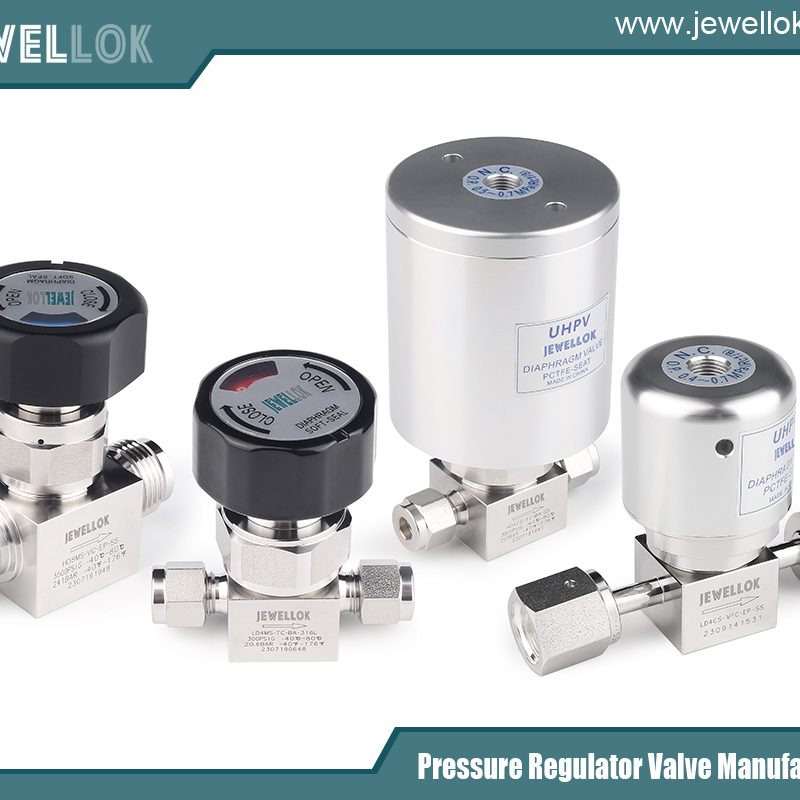
A Comprehensive Guide to Ultra High Purity Diaphragm Valves
- Pressure Regulator Valve Manufacturer
- China high pressure diaphragm valves supplier, europe stainless steel diaphragm valve factory, europe stainless steel diaphragm valve manufacturer, high pressure diaphragm valve china, high pressure diaphragm valve manufacturer in turkey, high pressure diaphragm valves manufacturer, high purity diaphragm valves, high purity diaphragm valves manufacturer, high purity diaphragm valves supplier, high-pressure diaphragm valve, italy ss diaphragm valve manufacturer, Low-pressure diaphragm valves, semiconductor gas cabinet diaphragm valves, ss diaphragm valve manufacturers, stainless steel diaphragm valve factory, Stainless Steel Diaphragm Valve Manufacturer, ultra high purity diaphragm valves manufacturer, Ultra High Purity Diaphragm Valves OEM, ultra high purity diaphragm valves supplier, ultra-high purity diaphragm valves factory
- No Comments
A Comprehensive Guide to Ultra High Purity Diaphragm Valves
Ultra high purity (UHP) diaphragm valves represent a pinnacle of engineering in fluid control systems, designed specifically for environments where even the slightest contamination can lead to catastrophic failures or compromised product quality. These valves are essential in industries such as semiconductor manufacturing, biopharmaceuticals, and high-purity chemical processing, where maintaining the integrity of gases and liquids is paramount. Unlike standard valves, UHP diaphragm valves incorporate advanced materials and designs to ensure minimal particle generation, zero leakage, and exceptional cleanliness.
The core principle behind these valves is the use of a flexible diaphragm that acts as a barrier between the process fluid and the valve’s mechanical components. This isolation prevents any metal-to-metal contact that could introduce impurities. In semiconductor fabrication, for instance, UHP valves handle specialty gases like silane or arsine, where purity levels must exceed 99.9999% to avoid defects in microchips. Similarly, in pharmaceutical applications, they manage sterile fluids to comply with stringent regulatory standards.
This guide aims to provide a thorough exploration of UHP diaphragm valves, covering their design, operation, types, specifications, installation, maintenance, advantages, selection criteria, and emerging trends. By understanding these aspects, engineers and technicians can make informed decisions to optimize system performance and reliability.
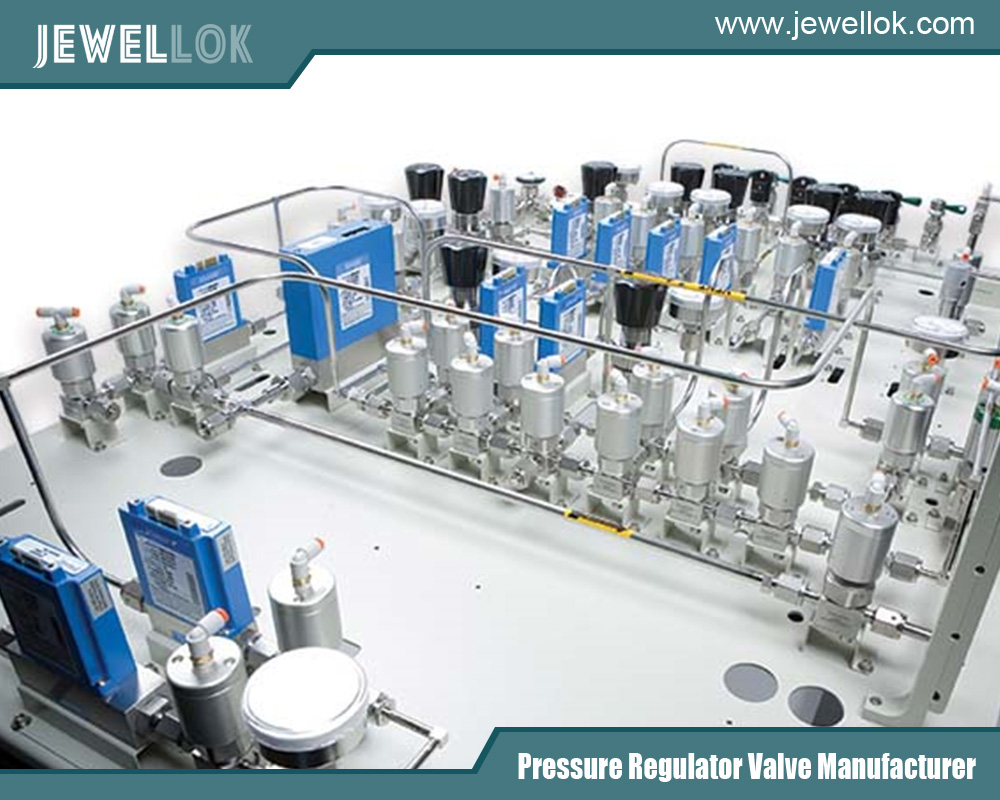
Design and Construction
The design of UHP diaphragm valves is meticulously engineered to prioritize purity, durability, and performance. At the heart of the valve is the diaphragm, typically made from high-grade elastomers such as polytetrafluoroethylene (PTFE) or perfluoroalkoxy (PFA). These materials offer excellent chemical resistance, low extractables, and the ability to withstand repeated flexing without degradation. In some advanced models, multi-layer diaphragms combine PTFE with ethylene propylene diene monomer (EPDM) for enhanced mechanical strength.
The valve body is usually constructed from electropolished stainless steel, such as 316L grade, which features a low sulfur content to minimize corrosion and particle shedding. Surface finishes are critical; Ra values (roughness average) are often below 0.25 micrometers to reduce adhesion sites for contaminants. Some valves employ vacuum arc remelted (VAR) stainless steel for even higher purity.
Key components include the bonnet, actuator, and stem. The bonnet houses the diaphragm and is sealed hermetically to prevent leaks. Actuators can be manual handwheels or automated systems, but in UHP settings, pneumatic actuators are preferred for their cleanliness and remote operation capabilities. The stem, which compresses the diaphragm to close the valve, is often coated with a non-reactive material to avoid friction-induced particles.
Port configurations vary, with weir-type designs being common for their low dead volume and ease of cleaning. In weir valves, the diaphragm seals against a raised weir in the body, minimizing fluid hold-up. Straight-through or block designs are used for higher flow rates but may require more maintenance.
To ensure UHP standards, manufacturers employ cleanroom assembly processes, often under ISO Class 5 conditions, with helium leak testing to verify integrity down to 10^-9 atm-cc/sec. These construction elements collectively enable the valve to handle pressures up to 150 psi and temperatures from -40°C to 150°C, depending on the model.
Working Principle
UHP diaphragm valves operate on a simple yet effective mechanism that ensures isolation and control. In the open position, the diaphragm is retracted, allowing fluid to flow through the valve body unimpeded. To close, the actuator applies force to the stem, which pushes the diaphragm against the sealing surface, typically a weir or seat, creating a bubble-tight seal.
This action is crucial for purity because the diaphragm forms a complete barrier, preventing any process media from contacting the actuator or external environment. Unlike ball or gate valves, there are no sliding or rotating parts in the wetted path, which eliminates shear forces that could generate particles.
Actuation methods influence the working principle. Manual valves use a handwheel to turn the stem, providing precise control for laboratory settings. Pneumatic versions rely on compressed air to move a piston connected to the stem, offering rapid response times—often under 0.5 seconds—and suitability for automated systems. Electric actuators, though less common in UHP due to potential heat generation, provide programmable control.
Flow dynamics are optimized in UHP designs. The Cv (flow coefficient) values range from 0.1 to 10, depending on size, ensuring efficient throughput without turbulence that could dislodge contaminants. Pressure drops are minimal, typically less than 2 psi at full flow.
In fail-safe configurations, spring-loaded actuators ensure the valve returns to a closed position during power loss, enhancing safety in critical processes. Understanding this principle is key to troubleshooting issues like diaphragm fatigue, where repeated cycling can lead to cracks if not monitored.
Types of Ultra High Purity Diaphragm Valves
UHP diaphragm valves come in various types to suit diverse applications, classified by actuation, configuration, and specialized features.
1. Manual Diaphragm Valves: These are operated by handwheels or levers, ideal for low-volume or sampling applications. They offer tactile feedback for fine adjustments but are limited in high-throughput scenarios.
2. Pneumatic Diaphragm Valves: Dominant in industrial settings, these use air pressure for actuation. Normally closed (NC) or normally open (NO) variants provide flexibility, with position indicators for monitoring.
3. Electric Diaphragm Valves: Featuring motorized actuators, these integrate with PLC systems for precise control. They are gaining traction in smart factories but require careful selection to avoid electromagnetic interference.
Configuration-wise, single-port valves handle basic on/off functions, while multi-port versions, like 3-way or 4-way, enable diversion or mixing without additional fittings, reducing potential leak points.
Specialized types include high-pressure models for gas delivery systems, capable of 3000 psi, and aseptic valves for biopharma, with steam-in-place (SIP) capabilities. Vacuum-compatible valves maintain purity in low-pressure environments, such as deposition chambers.
Hybrid types combine diaphragm technology with other mechanisms, like pinch valves for slurries, but true UHP remains focused on diaphragm isolation.
Each type balances factors like cycle life (often exceeding 1 million cycles), size (from 1/4″ to 2″ ports), and compatibility with clean-in-place (CIP) protocols.
Specifications and Standards
Specifications for UHP diaphragm valves are rigorous, ensuring compliance with industry standards. Purity is quantified by particle counts, with valves certified to generate fewer than 10 particles per liter above 0.1 microns. Leak rates are specified using helium mass spectrometry, targeting <1×10^-9 scc/sec.
Pressure ratings vary: standard models handle 150-250 psi, while reinforced versions exceed 500 psi. Temperature ranges span -50°C to 200°C, influenced by diaphragm material—PTFE for high temps, elastomers for low.
Flow characteristics include Cv values, which dictate sizing. For a 1/2″ valve, Cv might be 2.5, supporting flows up to 10 slpm for gases.
Standards bodies like SEMI (Semiconductor Equipment and Materials International) provide guidelines, such as SEMI F1 for valve performance. ASME BPE (Bioprocessing Equipment) governs pharmaceutical applications, emphasizing drainability and surface finish.
Certifications include ISO 9001 for quality management, and RoHS for hazardous substance restrictions. Traceability is mandatory, with material certificates detailing composition and heat treatment.
End connections are critical: VCR (vacuum coupling radial) or face seal fittings ensure metal-to-metal seals without polymers that could outgas.
Installation and Maintenance
Proper installation is vital for UHP diaphragm valve performance. Begin with site preparation in a cleanroom to avoid introducing contaminants. Valves should be oriented with the weir down for gravity drainage, minimizing pooling.
Connections must use orbital welding or compression fittings to prevent leaks. Torque specifications for bolts are precise, often 20-30 in-lbs for bonnets.
Maintenance involves regular inspections. Diaphragm replacement is the most common task, recommended every 100,000-500,000 cycles. Visual checks for cracks or discoloration precede helium leak tests.
Cleaning protocols include ultrapure water rinses or chemical passivation. For biopharma, autoclaving or SIP at 121°C for 30 minutes sterilizes without disassembly.
Troubleshooting addresses issues like sticking stems (due to over-tightening) or leaks (from diaphragm puncture). Predictive maintenance uses sensors for vibration or pressure anomalies.
Spare parts kits, including diaphragms and O-rings, should be stored in controlled environments.
Advantages and Disadvantages
UHP diaphragm valves offer numerous advantages. Their isolation design ensures superior purity, reducing contamination risks compared to ball valves. Low dead volume minimizes waste, and bi-directional flow enhances versatility. They excel in corrosive media, with long service life cutting downtime.
Disadvantages include higher initial costs—up to 50% more than standard valves—and limited high-pressure capabilities without reinforcement. Diaphragms can fail under extreme conditions, requiring frequent checks. Flow rates are lower than globe valves, unsuitable for very high volumes.
Compared to needle valves, diaphragms provide better sealing but less precise throttling.
Selection Criteria
Selecting a UHP diaphragm valve involves assessing application needs. Consider media type: gases require low outgassing materials, liquids demand chemical compatibility.
Pressure and temperature specs must match operating conditions. Size based on flow requirements using Cv calculations.
Actuation type depends on automation level; pneumatic for speed, manual for simplicity.
Budget, cycle life, and compliance with standards like FDA for pharma are key. Vendor reputation for quality and support influences decisions.
Prototype testing in simulated environments validates choices.
Future Trends
Emerging trends in UHP diaphragm valves include smart integration with IoT sensors for real-time monitoring, predicting failures via AI algorithms.
Material advancements, like graphene-enhanced diaphragms, promise greater durability and lower permeability.
Miniaturization supports smaller fabs, while sustainable manufacturing reduces environmental impact.
3D printing enables custom designs, accelerating prototyping.
Regulatory shifts toward greener processes may favor recyclable materials.
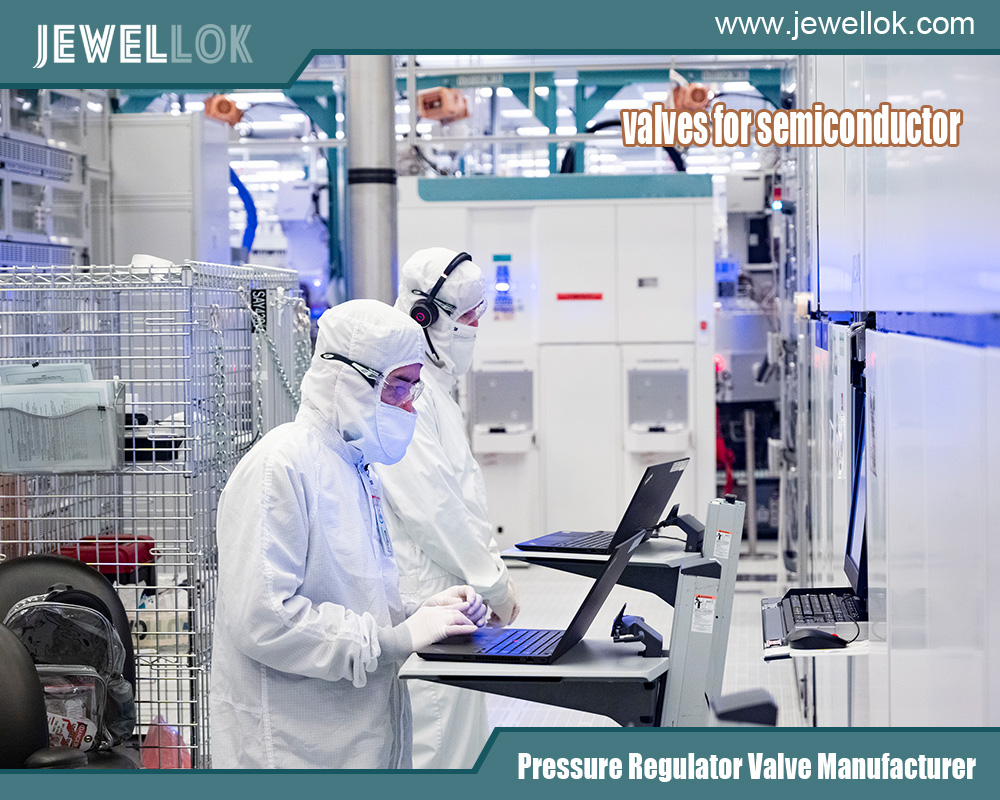
Conclusion
UHP diaphragm valves are indispensable for maintaining purity in critical industries. This guide has covered their design, operation, types, specs, installation, maintenance, pros/cons, selection, and trends. By leveraging this knowledge, professionals can enhance system efficiency and reliability, driving innovation in high-purity applications.
For more about a compresive guide of ultra high purity diaphragm valve, you can pay a visit to Jewellok at https://www.jewellok.com/product-category/ultra-high-purity-diaphragm-valves/ for more info.
Recent Posts
How Does the Two-Stage Nitrogen Regulator Work?
How Does a Single-Stage Oxygen Regulator Work?
What is Exhaust Gas Cleaning System?
How Does A Low-Pressure Back Pressure Regulator Work?
How Does An Oxygen Gas Changeover Manifold Work?
How Does An Argon Gas Changeover Manifold Work?
How Does A Helium Gas Changeover Manifold Work?
How Does A Carbon Dioxide Gas Changeover Manifold Work?
How Does A Nitrogen Gas Changeover Manifold Work?
Tags
Recommended Products
-
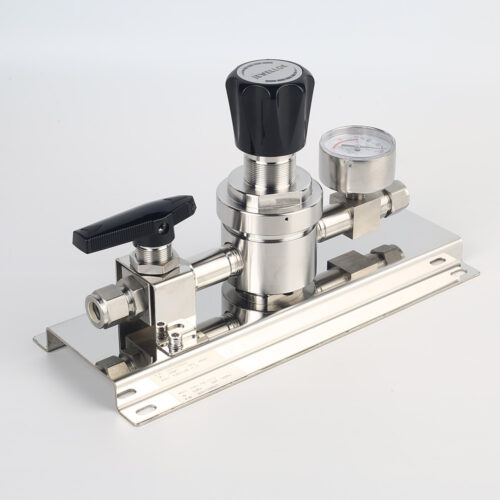
High Purity And Industria Gas Stick Assemblies Precise Pressure Control Gas Systems JSR-1ETG-BV Series
-
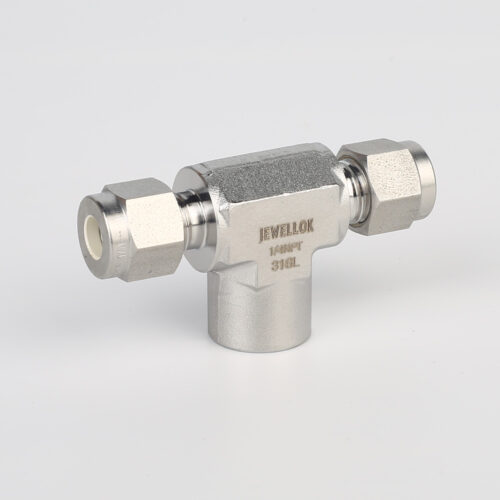
772 LF Female Branch Tee | Stainless Steel Tube Fitting Female Branch Tee 1/2 in. Tube OD x 1/2 in. Tube OD x 3/8 in. Female NPT
-
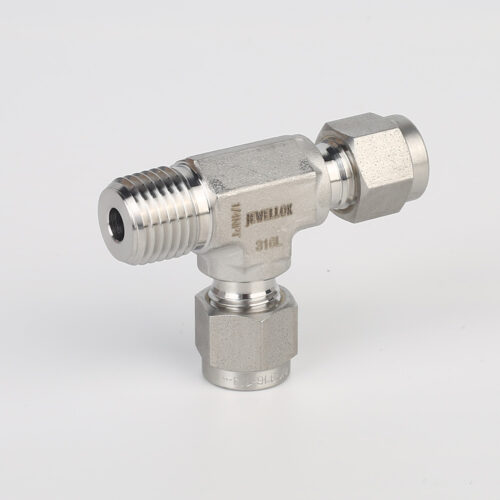
771L Male Run Tee | Stainless Steel High Quality High Purity Male Run Tee Branch Tee Pipe Fittings
-
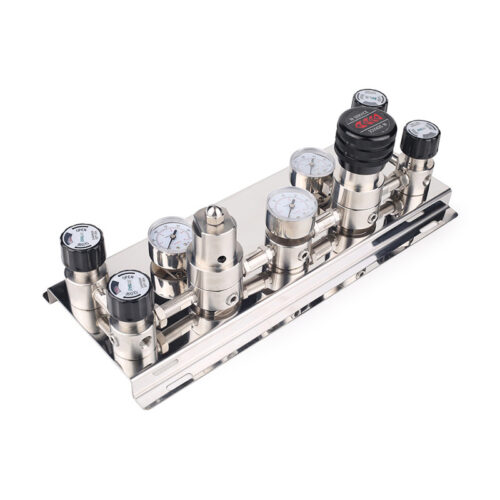
Automatic Gas Switchover System Automatic Switchover Manifold Automatic Gas Cylinder Switchover
-
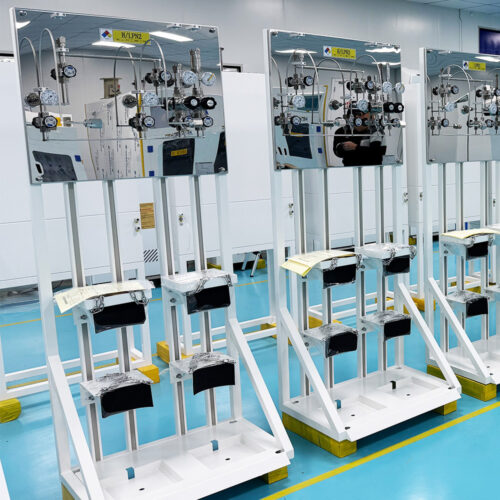
Semi-Automatic VMB Gas Cabinet With Semiconductor Valve Manifold Box Diaphragm Valves And Gas Pressure Regulators
-
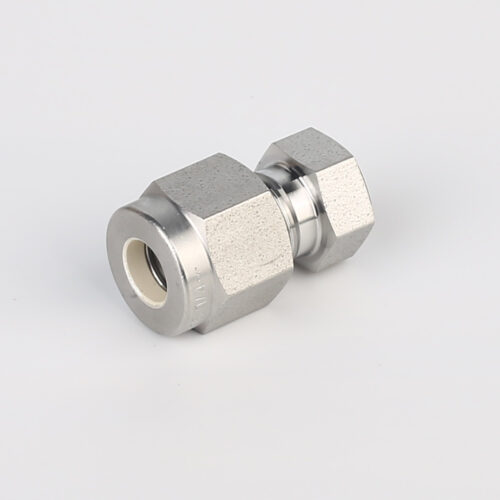
7108L Cylinder Cap Connectors For Ultra High Purity Gases
-
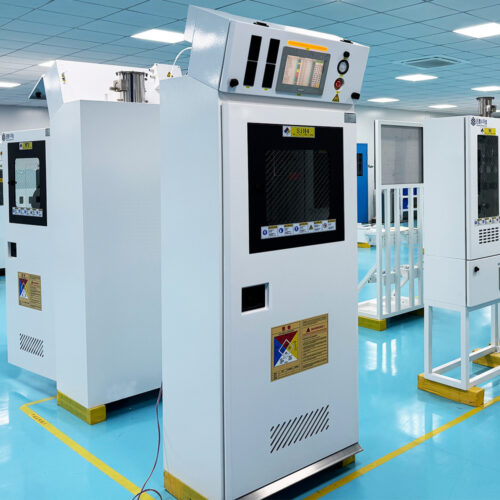
Bulk Specialty Gas Systems (BSGS) Gas Cabinets And Scrubber Tail Gas Treatment Cabinets For High Purity Bulk Specialty Gas Delivery
-
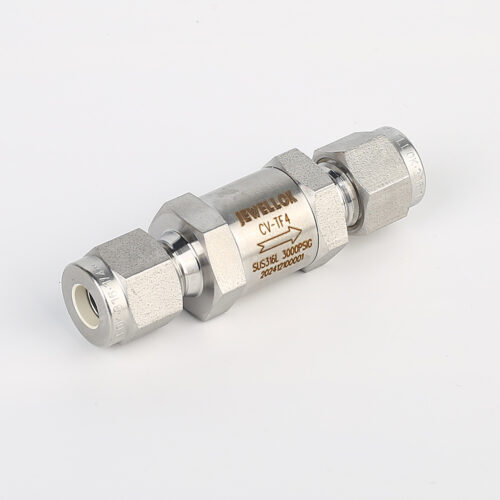
High Pressure High-Purity Welded Check Valves And Low Cracking Pressure Check Valve JCV1 Series